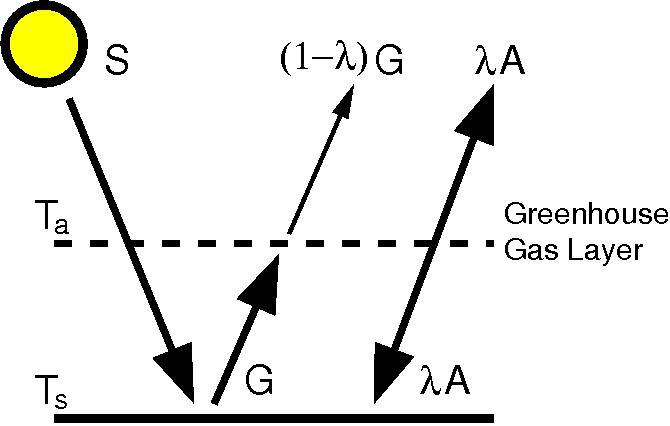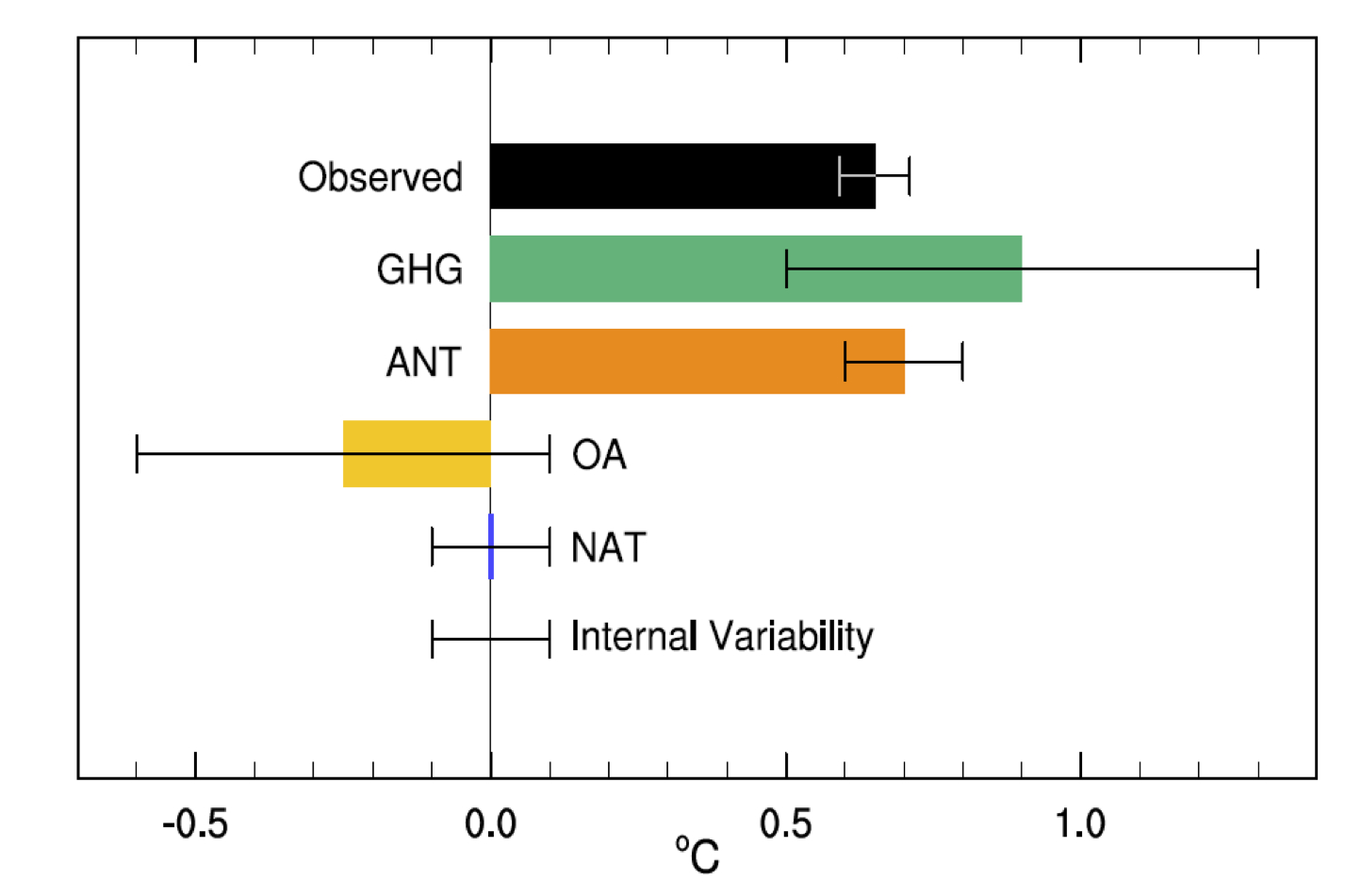padding-left: px !important;
padding-right: px !important;
}
Job Title: Development Manager
Department: Development
Reports to: Vice President of Philanthropy
FLSA Category: Non-exempt
Job Description
The Development Manager is the point person for American Forests’ direct marketing program, which includes direct mail and digital fundraising efforts, and acts as the main contact for annual fund donors. The Development Manager also provides administrative support for the Vice President of Philanthropy, assists the Director of Major Gifts by helping to identify potential major donors through the direct marketing program, and helps the Director of Corporate Giving by serving as manager of the Small Business Partners program. The Development Manager role is ideal for a creative, detail-oriented, “people” person, who is looking to gain experience in a fundraising department with many different revenue streams, all while making a positive impact on the environment.
Specific Responsibilities
20% – Direct Marketing (digital and mail) – Project Lead
- Drafting and/or copy editing for mail appeals for new and current donors
- Email copy writing, minor design and implementation
- Donation form copy writing, testing, and management
- Database queries for mailing lists and acquisition list exchanges
- Weekly meetings, campaign kick offs and calls with vendors
- Orchestrating copy and art editing process among relevant team members
30% – Development Administration – Project Support
- Organizing, purchasing and inventorying supplies, in-kind gifts, and premiums
- Updating database records with new donors addresses/phones/emails
- Answering donor calls to the Membership hotline
- Creating agendas and organizing meetings
- Responding to donor emails
- Checking bill payments and producing expense reports
- In-house mailing management
25% – Database Queries and Reports – Project Support
- Revenue report building
- Contact list report building
- Monthly revenue metrics and recording
- Creating record segmentation and flags for activities and mailings
15% – Corporate Giving Support – Project Support
- Weekly invoicing of corporate partners, and compiling and sending acknowledgement letters
- Creating, scanning and filing small business agreement contracts and pledge sheets, and managing small business partners’ requests and needs
- Sending out small business partner email blasts
10% – Misc. – Project Support
- Managing Development interns and temps, as needed
- Other duties as assigned
Requirements
The successful candidate will be an excellent communicator by phone and in writing, have excellent people skills and experience providing first-rate customer service. The ability to manage multiple projects, juggle competing priorities and work effectively within teams are also essential. Additional required skills include:
- Excellent writing skills and experience copy writing and editing fundraising appeals
- Strong project management and organization skills and the ability to meet deadlines
- Proficiency with Microsoft Office Suite, including Excel
- Experience using fundraising databases, such as Neon, Salesforce, Blackbaud, etc.
- Experience with WordPress and HTML preferred
- Digital marketing experience preferred
Qualifications
Bachelor’s degree or equivalent experience is required. Marketing, communications, or creative writing focus welcomed. Strong writing skills and database experience are essential.
Working Conditions
The majority of work is performed in a general office environment, with occasional opportunities to travel. American Forests is located in downtown Washington, D.C., within walking distance of Metro stations on all lines, multiple bus lines, and Capital Bikeshare.
To Apply
Please send resume and cover letter to jobs@americanforests.org.
The post Development Manager appeared first on American Forests.




























